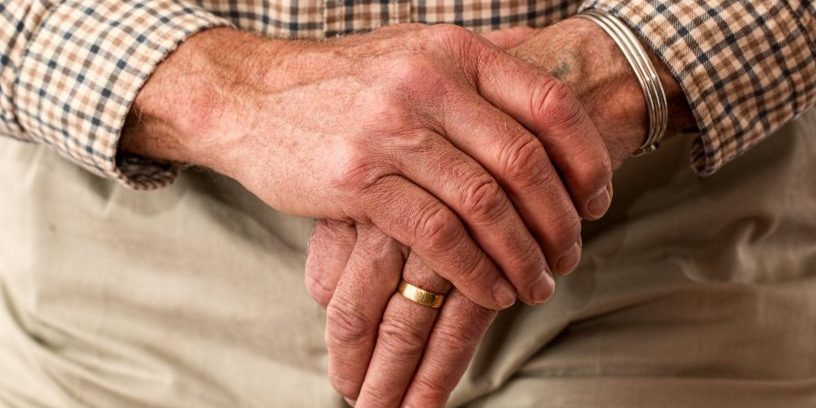Parkinson’s disease is the second most common neurodegenerative disease with 90,000 Americans being diagnosed every year. Parkinson’s is a difficult disease to detect; there are no blood or lab test to diagnosis it. Diagnoses are symptom based. Parkinson’s patients often do not know they have the disease until after having dealt with it for years. Some of the early symptoms such as facial masking (lack of facial expression), small handwriting, or speaking softly do not directly point to a Parkinson’s disease diagnoses. A patient comes in with tremors, muscle rigidity, poor balance, and slowed movements and are then assumed to have Parkinson’s disease. If their symptoms improve with medication, the diagnosis is confirmed. Biomechanics is a useful tool in the evaluation of the progression of the disease as well as its continued treatment.
Continue reading “How is Biomechanics Used in the Treatment of Parkinson’s Disease?”Author: mschudt
arthritis balance bio-inspired design bone brain cartilage climbing extreme conditions feet flying animals growth and development hands healing heart and the cardiovascular system humans impact insects joints jumping land animals lungs and the respiratory system marine animals material science medicine muscle other injury other sports pain plants predation prevention prosthetics recovery and rehabilitation robots running skin spine and back sports injury strength training surgery swimming technology tendons and ligaments treatment walking
